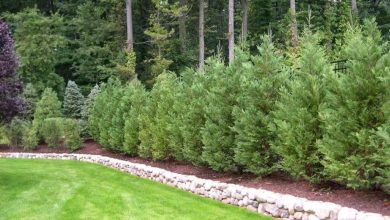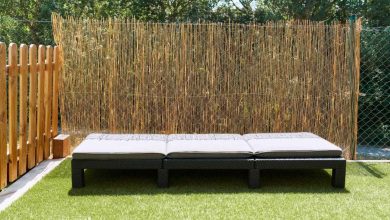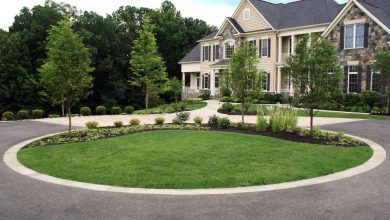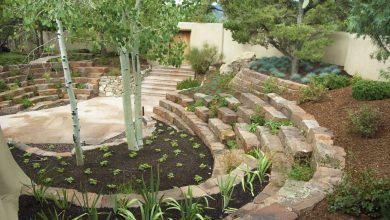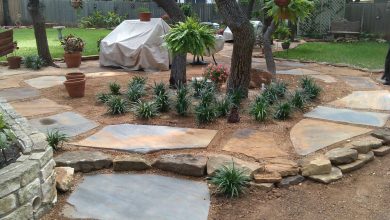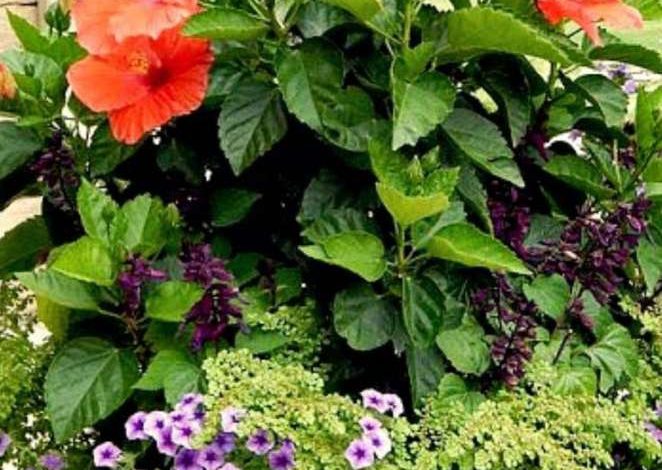
11 Popular Hibiscus Landscape Ideas 2024
Hibiscus Landscape Ideas: Bringing Tropical Flair to Your Yard
The hibiscus, with its large, vibrant flowers and lush foliage, is a showstopper in any garden. But beyond their undeniable beauty, hibiscus plants offer versatility in the landscape. Whether you crave a bold focal point, a colorful border, or even a privacy screen, there’s a hibiscus variety and design concept to suit your needs. Let’s delve into the world of hibiscus landscape ideas and explore how to incorporate these tropical delights into your outdoor space.
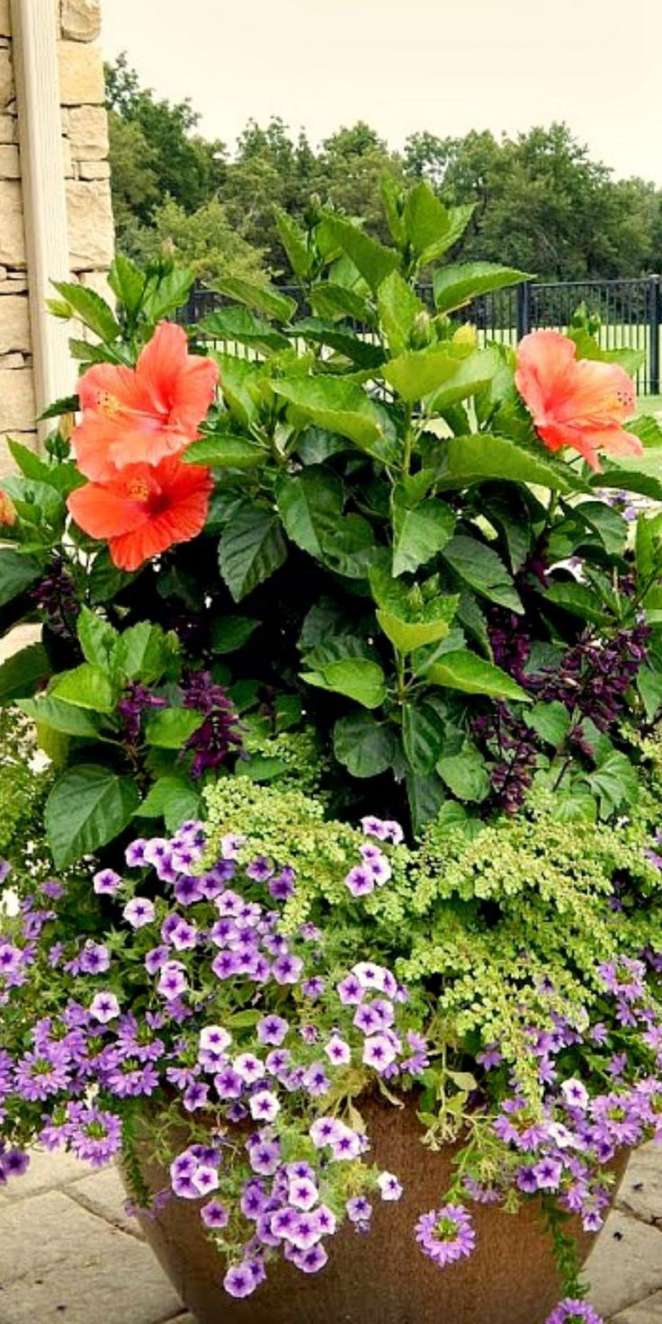
Hibiscus can be stunning specimen plants, drawing the eye with their impressive size and blooms. Opt for a large, vibrantly colored variety like the red `Hibiscus syriacus` or the bi-colored `Hibiscus moscheutos` and plant it as a central feature in a flower bed. Surround it with complementary perennials or ornamental grasses for added texture and visual interest.
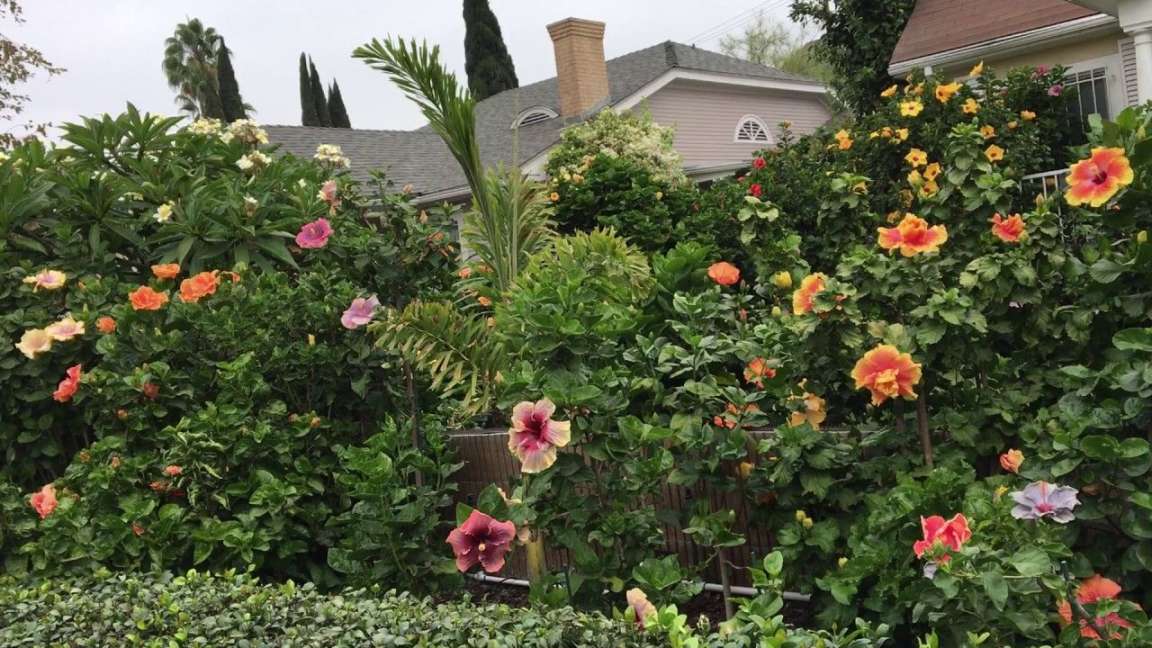
Hibiscus shrubs of varying heights make excellent additions to borders. Dwarf varieties like `Hibiscus coccineus` can be used towards the front, while taller ones like `Hibiscus rosa-sinensis` create a dramatic backdrop. Play with flower colors to create a harmonious flow or use contrasting hues for a bolder statement.
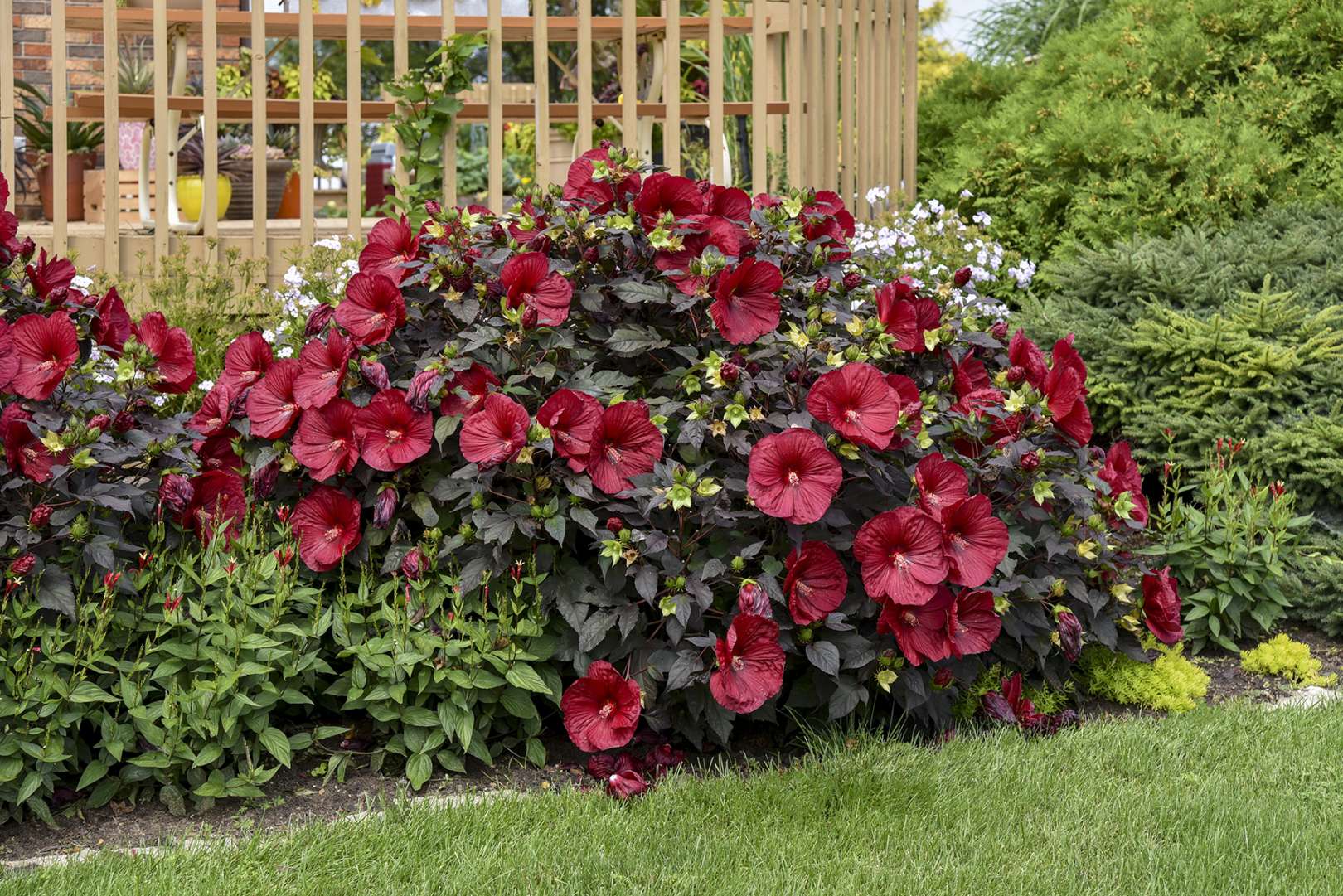
For a truly exotic feel, create a tropical-inspired garden bed. Combine hibiscus with other tropical plants like canna lilies, elephant ears, and ferns. Use colorful mulch and decorative edging to complete the island vibe.
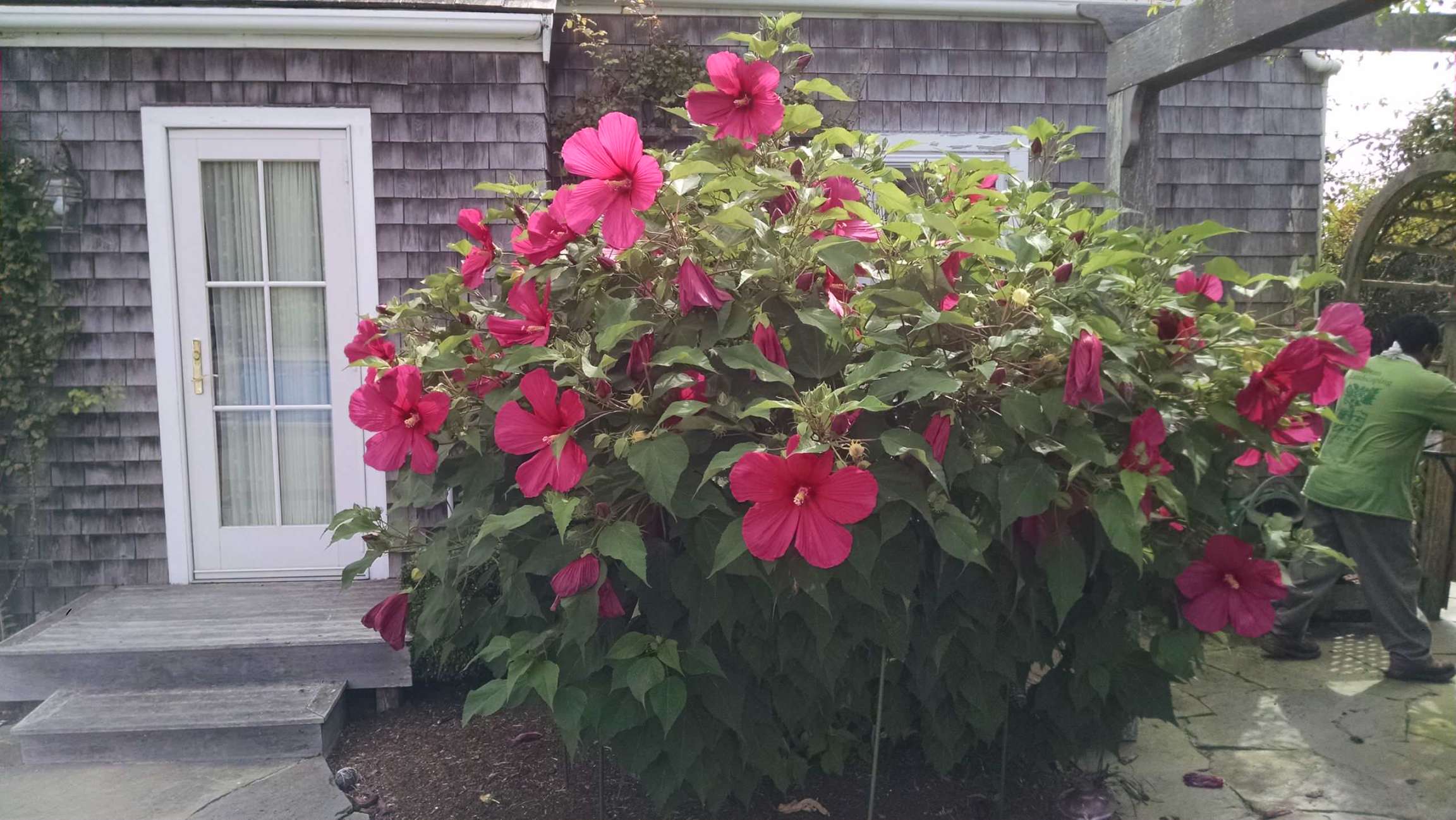
Taller hibiscus varieties, like `Hibiscus tiliaceus`, can be trained to form living walls or privacy screens. Plant them in a row with adequate spacing and prune them regularly to encourage bushier growth. This not only provides privacy but also creates a stunning visual barrier.
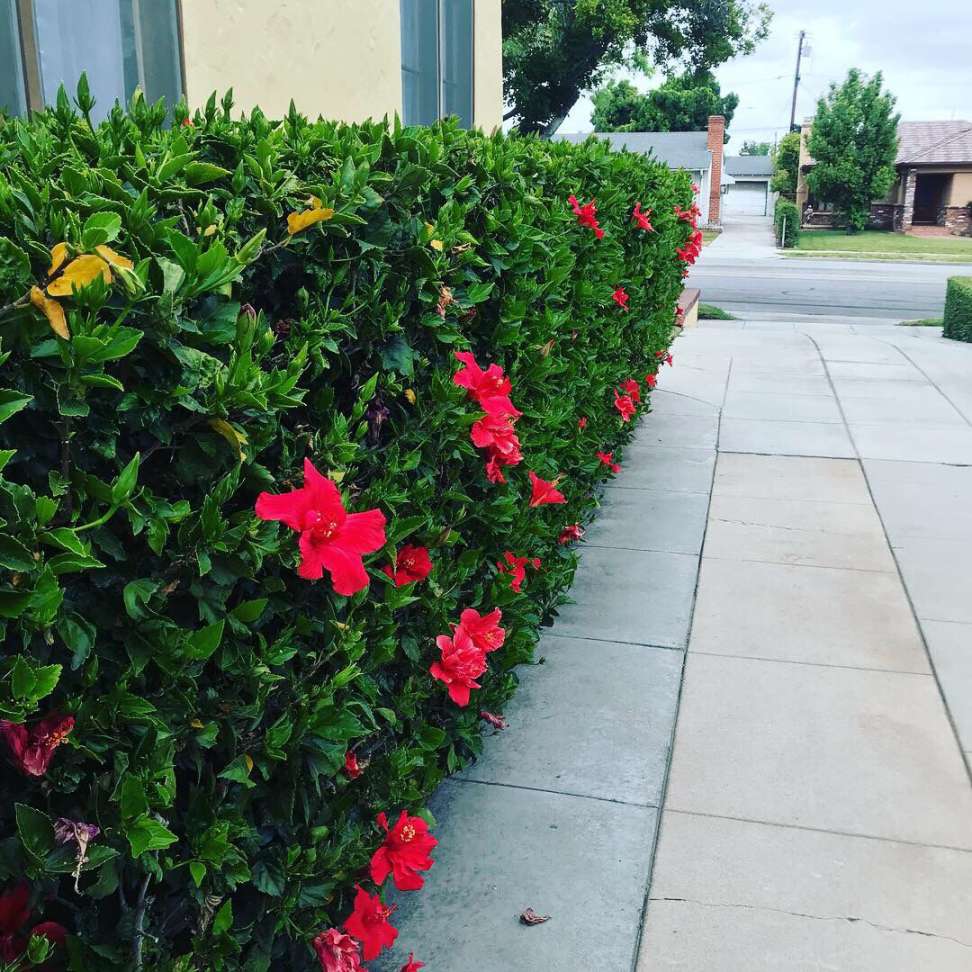
Don’t have a garden? No problem! Hibiscus thrives in containers, making them perfect for patios, balconies, or even indoors during colder months. Choose a dwarf variety suited for container growth and place it in a pot with good drainage. Enjoy the vibrant blooms throughout the summer.
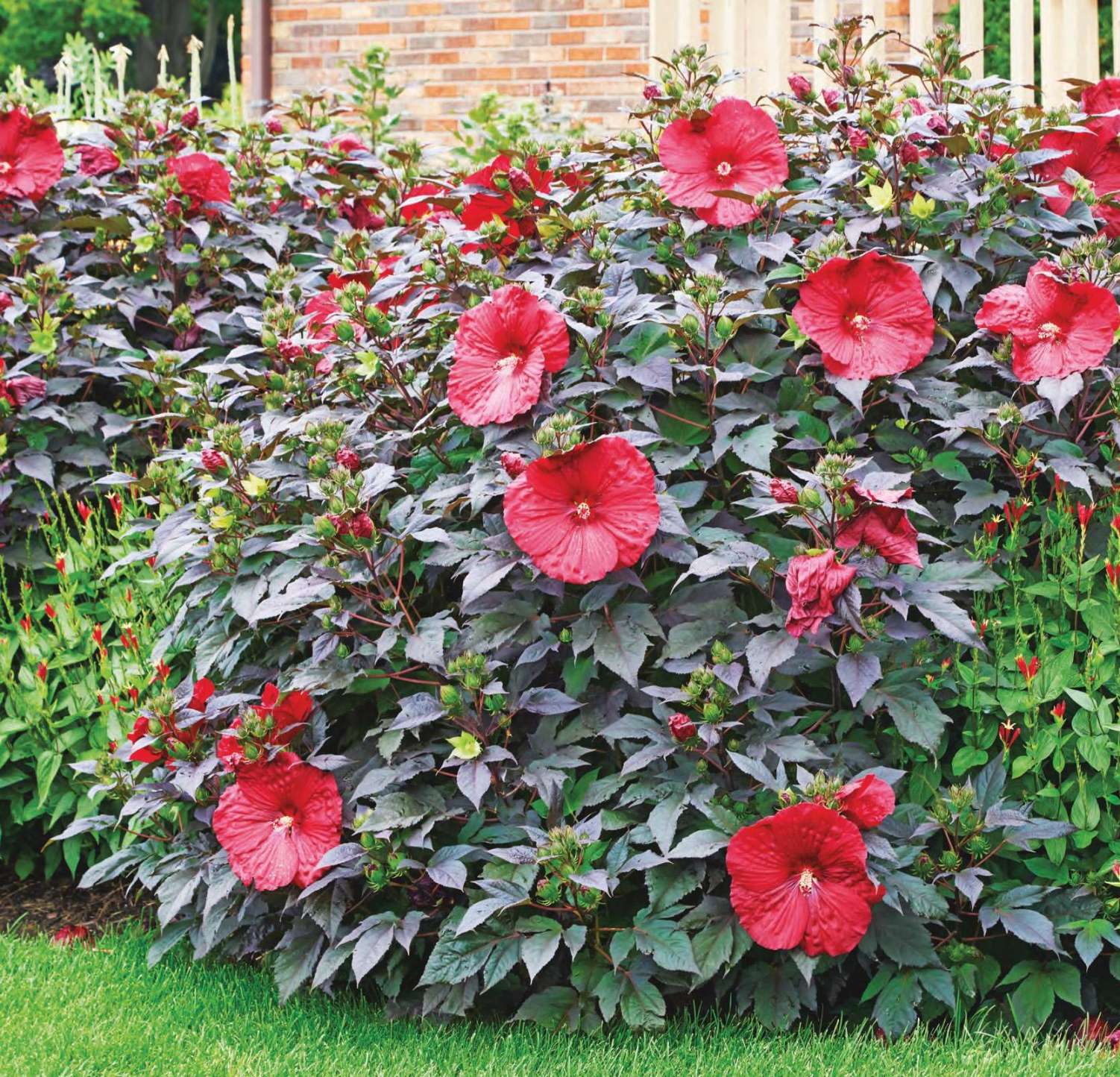
With so many varieties available, selecting the perfect hibiscus for your landscape is crucial. Consider factors like climate, desired flower color and size, and mature plant height. Research specific varieties to ensure they suit your growing zone and sunlight conditions.
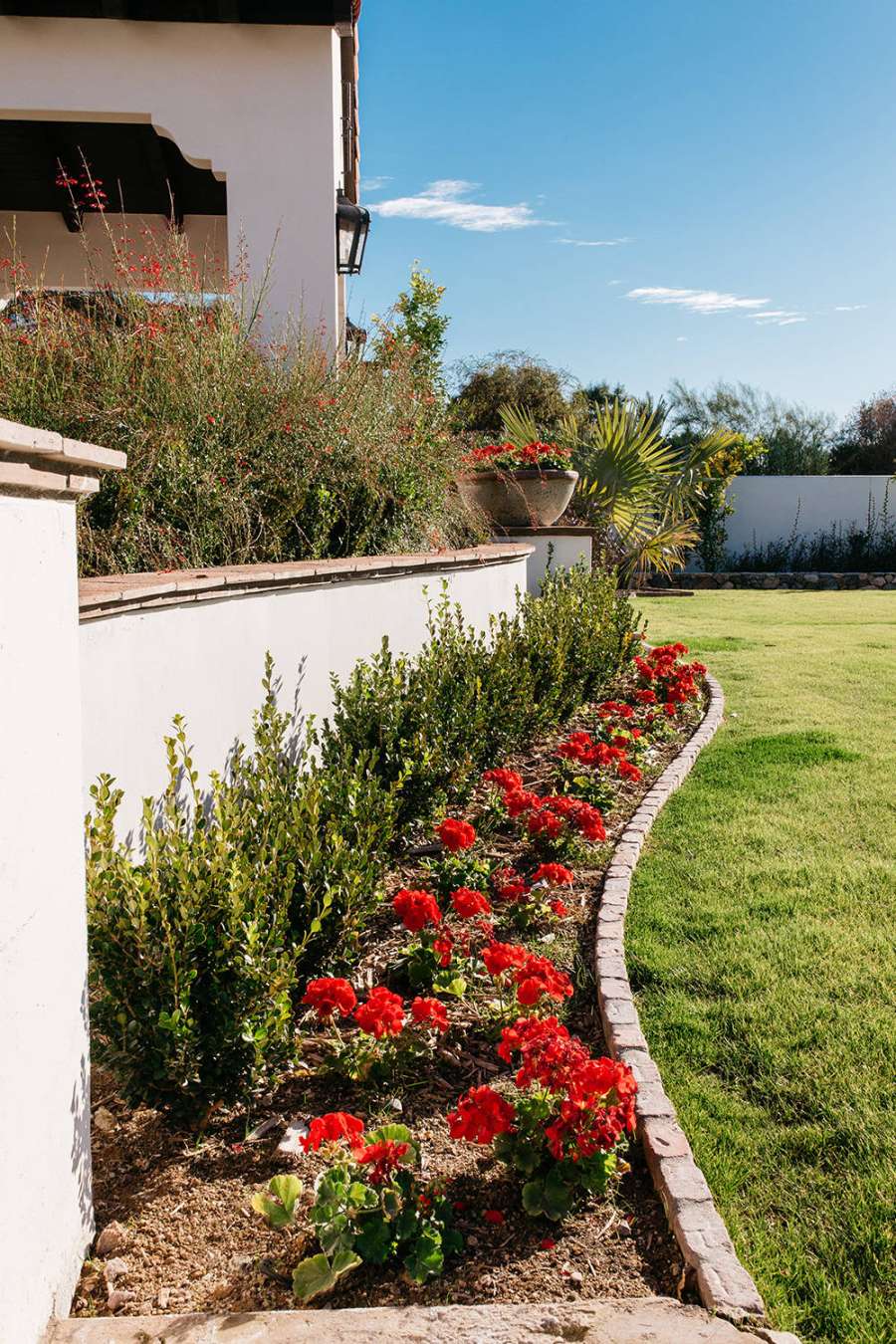
Hibiscus generally prefer well-draining soil and full sun. Water them regularly, especially during hot weather, and fertilize them occasionally for optimal growth and flowering. Prune them lightly after flowering to maintain their shape and encourage new blooms.

Conclusion
Hibiscus plants offer a wealth of possibilities for enhancing your outdoor space. From eye-catching focal points to vibrant borders and privacy screens, their versatility and stunning blooms make them a valuable addition to any landscape. With careful planning and proper care, you can create a tropical haven in your own backyard and enjoy the beauty of hibiscus for years to come.
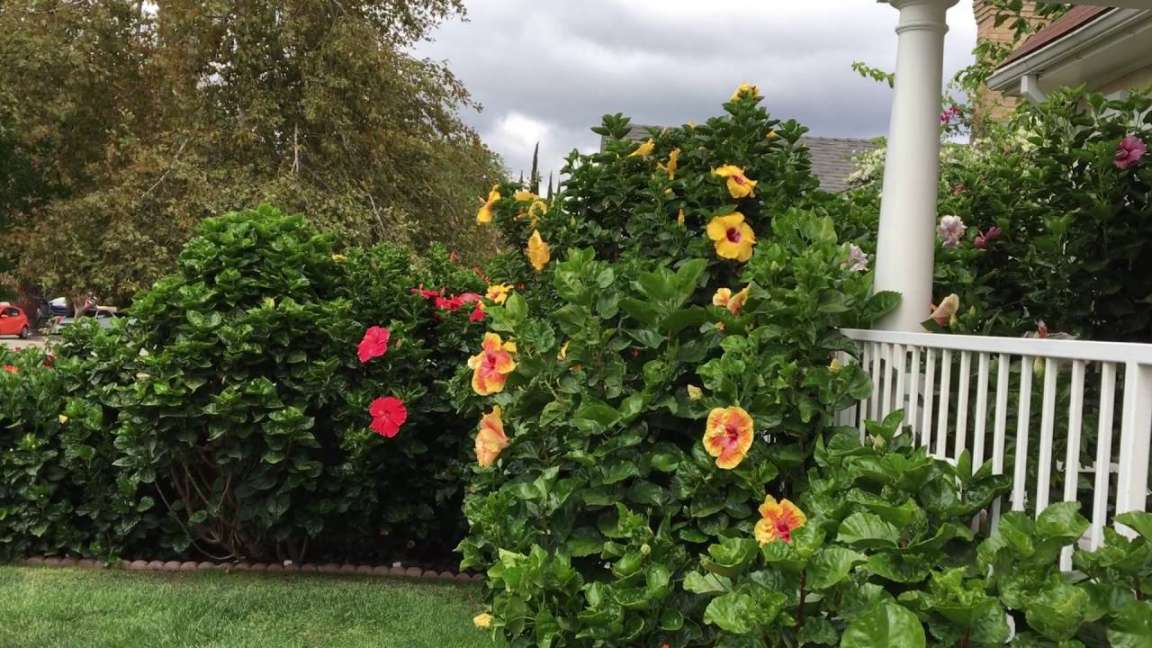
FAQs
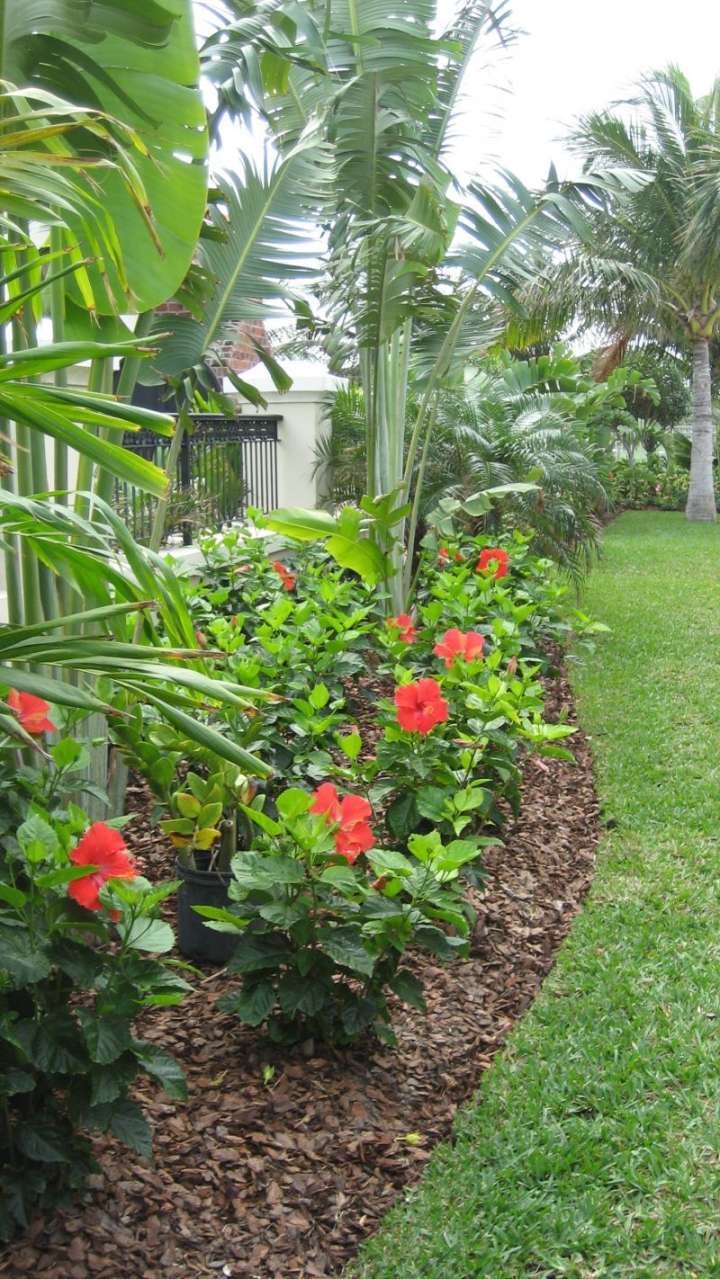
Hibiscus generally prefer full sun, receiving at least 6 hours of direct sunlight daily.
Hibiscus are relatively low-maintenance plants. Once established, they require regular watering, occasional fertilization, and light pruning.
Yes, certain hibiscus varieties, particularly `Hibiscus rosa-sinensis`, can be grown indoors as houseplants. They need a bright, sunny location and regular watering.
Individual hibiscus flowers typically last for one day. However, the plant produces new blooms continuously throughout the summer season.
Aphids, mealybugs, and whiteflies are common pests. Fungal diseases like powdery mildew can also occur. Regularly inspect your plants and address any issues promptly.
